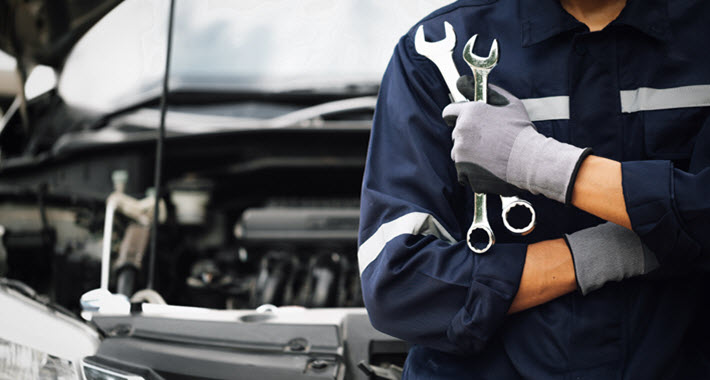Land Rovers are designed for city commutes as well as off-road fun. They are packed with advanced technologies, and one of the innovations designed to ensure a smooth and controlled driving experience across diverse terrains is the Ride Optimization System (ROS).
This system uses a range of sensors, actuators, and sophisticated algorithms to help Land Rover owners ensure an enjoyable experience. The ROS constantly analyzes real-time data, including speed, steering inputs, wheel articulation, and road conditions, to adapt suspension settings accordingly. Its goal is to deliver comfort, stability, and traction, whether driving on highways or navigating challenging off-road terrains.
Issues within the Ride Optimization System can stem from various causes, including sensor malfunctions, software glitches, or mechanical failures within the suspension system. These problems can disrupt the intended performance of the system, affecting both the engine and the interconnected components responsible for delivering a safe and smooth driving experience.
Don’t Ignore These Warning Signs
Bumpy Ride
A malfunctioning ROS can result in inconsistent or rough rides. The suspension may fail to adjust properly, causing your Land Rover to feel unstable and uncomfortable, especially when driving over uneven surfaces or bumps.
SUV Sagging
When the ROS fails, it can cause the suspension to lose its ability to maintain proper ride height. As a result, your Land Rover may sag on one side, giving an uneven appearance to the SUV.
Abnormal Sounds
A failing ROS can produce unusual sounds in the suspension system. These sounds can include clunking, knocking, or squeaking noises when driving over bumps or during turns. It indicates that the suspension components are not functioning correctly due to ROS issues.
Warning Lights
Modern SUVs often have onboard diagnostic systems that monitor various components, including ROS. When a failure or fault is detected, it may trigger a warning light on the instrument panel, such as the “Suspension System” or “Check Suspension” indicator. These lights serve as an alert that the ROS requires attention.
Increased Tire Wear
If the suspension is not properly aligned or fails to distribute weight evenly, it can cause accelerated wear on certain tires. This can be observed as excessive wear on the inner or outer edges of the tires or uneven wear across different tires.
Why does the Ride Optimization System fail?
Some common factors that can contribute to the failure of a ride optimization system include:
- Software Bugs or Glitches: Like any software system, the ROS can be prone to bugs or glitches that can cause malfunctions or unexpected behavior. These issues can arise from errors in the coding, compatibility issues with other software components, or flaws in the system’s algorithms.
- Hardware Failures: The hardware components that support the ROS, such as sensors, actuators, or communication modules, can experience failures. This can occur due to manufacturing defects, wear, and tear, electrical faults, or damage from external factors like accidents or extreme environmental conditions.
- Data Inconsistencies: The ROS relies on accurate and reliable data to optimize ride routing, scheduling, and resource allocation. If the input data, such as traffic information, driver availability, or passenger requests, contains inconsistencies, inaccuracies, or errors, it can negatively impact the optimization process and result in suboptimal outcomes or system failures.
- Integration Issues: The ROS is typically integrated with various other systems and components, such as GPS systems, dispatching software, or vehicle tracking systems. Incompatibility or issues with the integration of these components can disrupt the flow of data and communication, leading to failures in the overall optimization process.

Trust Dell’s Service Center for Your Land Rover Ride Optimization System Repairs
At Dell’s Service Center, we are well-equipped when it comes to addressing ride optimization system issues in Land Rover. Our highly skilled technicians have the knowledge and tools necessary to diagnose and resolve any problems, guaranteeing optimal performance and safety both on and off the road.
We proudly serve Land Rover owners in Green Bay, Manitowoc, Sturgeon Bay, WI, and surrounding areas. With our unwavering commitment to excellence and extensive expertise, we have successfully assisted numerous drivers in overcoming ride optimization system issues, effectively restoring their vehicles to their full potential. You can place your trust in us to deliver the exceptional service your SUV deserves. Book an appointment with us now!
* Land Rover Car image credit goes to: Wirestock.

